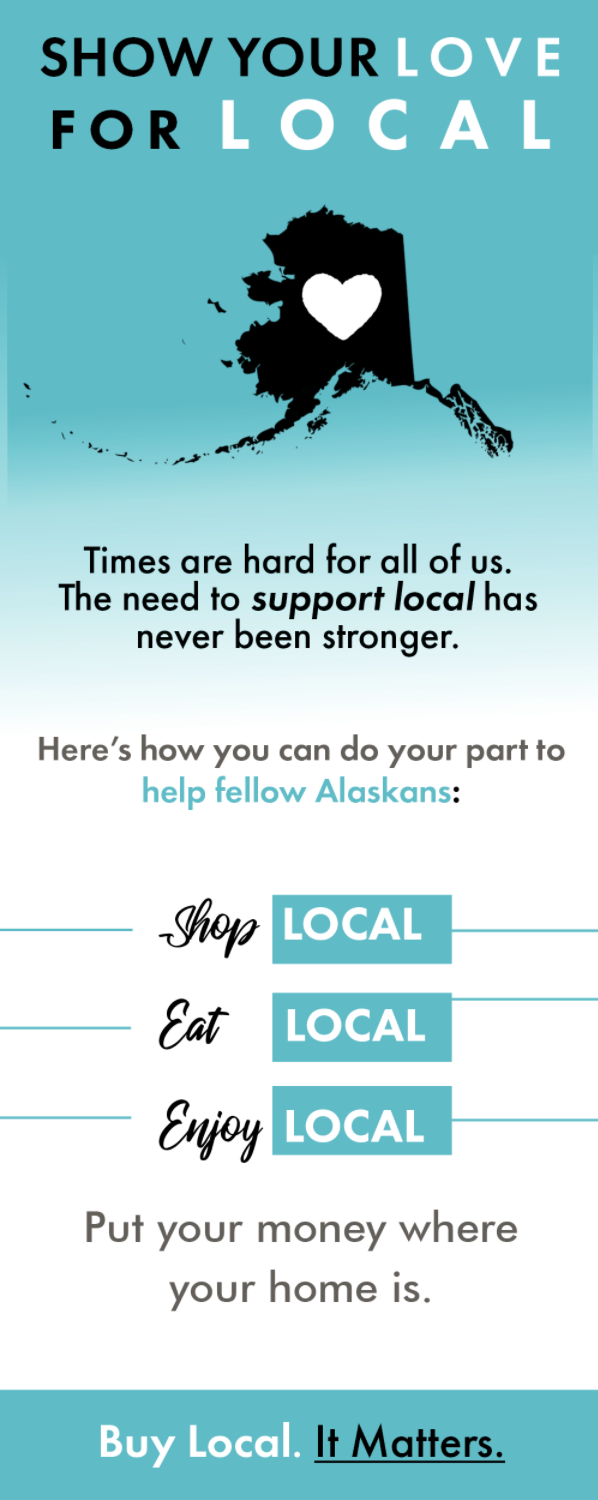Facing Kindergarten
How to prepare children to start school with the skills they’ll need
By Patty Ginsburg

In Alaska, a child who is 5 by September 1 is eligible to enroll in kindergarten that school year. But, according to the assessment Alaska children receive when they start kindergarten, fewer than half are truly prepared in all the ways experts recommend for success in kindergarten.
How can parents make sure their young children have the best chance of starting school with the skills, knowledge and attitudes they will need? When should parents start thinking about kindergarten?
“Parents’ answers to this question are all over the place, from ‘at birth’ to ‘the summer before kindergarten,’ ” says Abbe Hensley, executive director of Best Beginnings. “With all the brain research over the past 20 years, it’s become very clear the answer is ‘at birth.’ ”
Even doctors recommend parents begin reading to their babies right away. The reason: When parents read, talk, sing and play with their children every day, it helps build and nurture the relationship between parent and child. Those activities also reinforce two major areas that kindergarten teachers say are important for success: language and literacy skills, and social-emotional skills.
A child’s vocabulary at age 2 can predict whether she will become a good reader, according to a 2015 study published in Child Development. Engaging children from an early age in activities that help them learn new words is key.
Talking with your baby before he can talk back may feel odd, Hensley notes, but it’s the thing to do. Babies can respond with a smile, a gurgle of pleasure or a wave of a hand. As your child grows older, encourage her curiosity about the world around her by asking questions, pointing out new things and giving her their names, says Hensley.
Reading picture books with children can increase their vocabulary even more. A study published in Psychological Science found that picture books are a richer source of unique words than conversation. Researchers compared conversation between parents and their children with the words in picture books.  The researchers found that picture books have 72 percent more unique words than conversation, thus increasing vocabulary.
The researchers found that picture books have 72 percent more unique words than conversation, thus increasing vocabulary.
The Napping House, by Audrey Wood, is a good example of a children’s book with lots of new vocabulary words that build on what children already know, according to Linda Klein, early literacy outreach librarian with the Ready to Read Resource Center. The author uses napping, sleeping, dozing, snoring, dreaming, snoozing and slumbering – most young children will know napping and sleeping, but look at the other words they will learn and understand.
Parents of children ages birth to 3 can borrow age appropriate book kits from the Ready to Read Resource Center (readytoreadak.org/kits_rwm.html). The kits can be sent anywhere in Alaska. The Resource Center also provides good literacy tips for parents.
Librarians also recommend parents take children to the library on a regular basis. If there’s no public library in your community, check with the elementary school. Many school libraries have books for young children that community members can borrow.
Debi Baldwin is the child development division director for RurAL CAP and supervises a child care center, Parents as Teachers home-visiting programs, and Head Start programs all over Alaska. She recommends parents:
• Use everyday routines for rich language and learning opportunities. For example, talk with your child about pulling on his socks or getting out his favorite book or toy.
• Help your child understand that letters and numbers are symbols that have meaning. Show your child the letters on mail or a grocery store flyer and talk about them. Point out the numbers on a clock.
• Take a walk and talk about the traffic or street signs you see. What is the meaning of the letters or numbers on buildings you pass?
• Ask your child to help you make a shopping list and let him choose some of the items at the grocery store.
• Encourage your child to draw what she sees. It doesn’t matter what it looks like. Ask her to tell you about the drawing, which provides more opportunity for conversation.
Baldwin emphasizes that children don’t need the latest learning “gizmo” to be prepared for school. All it takes is attention during everyday activities from the people they love the best – their parents. Families can find more ideas at bestbeginningsalaska.org/activities-resources.
While there’s no specific definition of school readiness in Alaska, professionals in early childhood know what works. “Families that play, talk, sing and share experiences ensure their children are ready for school,” says Anji Gallanos, early learning administrator for the Alaska Department of Education & Early Learning.
Gallanos adds another important point: In addition to children being ready for school, school should be ready for children. “Parents and families can play an important role in connecting with schools, and meeting with school administrators and teachers to ensure those schools are ready for their children.”








